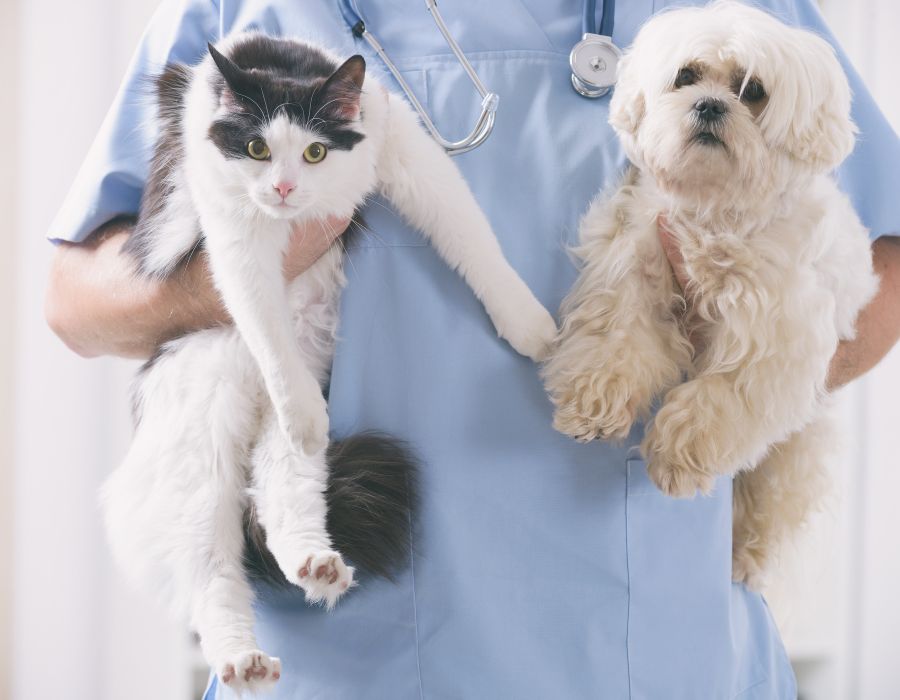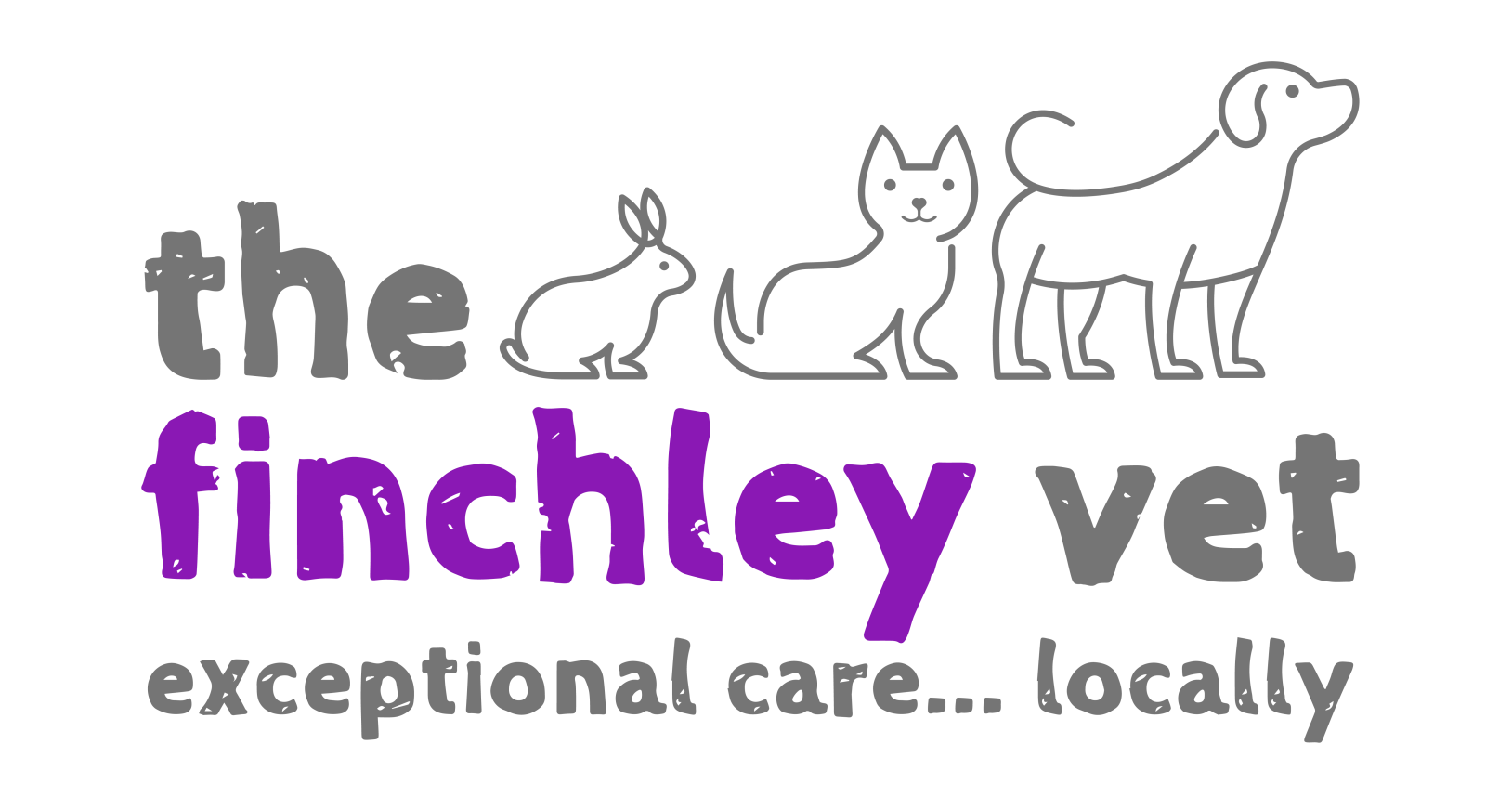Pet Surgical Procedures
At The Finchley Vet, we understand how stressful pet operations can be. Our experienced veterinary team works to ensure safe, compassionate care to make the process as smooth as possible for you and your pet.

Compassionate pet surgical procedures in Finchley
The simple fact is, sometimes pets need operations. And while this can be scary for us as pet owners, we believe it doesn’t need to be. In reality, sedations and anaesthetics, although not without some risk, are incredibly safe, and using them to perform surgery can often leave your pet with a vastly improved quality of life.
Our highly trained and experienced team of vets and nurses are highly skilled, highly trained and care deeply so you can trust your pet is in good hands.
What will I experience when I drop my pet off for a procedure?
- The appointment for your pet to be admitted will be in the morning. Please arrive on time for this appointment to allow the vet time to go through the next steps without having to rush.
- The vet will call you through and for most pets, and then they will do a brief medical assessment.
- The vet will talk you through the procedure, talk with you about what follow-up you can expect, what the risks of the procedure are, and answer any questions that you have.
- The vet will talk you through the consent form. This is a form which lists the procedure, agreed price, risk, and some other details about the day.
- You will be given as much time as you need to read, fill in, and sign the form (please bring your reading glasses, if you need them!).
- Once the form is all filled, your questions have all been answered and the vet is happy with your pet’s health and suitability for the procedure, we will take your pet into our clinic and settle them down in one of our special, glass-fronted beds (no bars!). If they are a dog who is nervous or needs extra attention, they may be kept out in our prep room with the nursing staff to keep them relaxed and happier. You are welcome to come through the clinic to see where your pet is going to stay.
- Once you have confirmed your collection time with the Client Care team, you will leave and let the clinical team do their work.
- We will keep you informed throughout the day if things change medically, but if everything goes as planned, we will usually call you once your pet is recovering from their procedure to let you know it is over.
- You will come in to have your pet discharged to you at the pre-arranged time and one of our vets or nurses will run through what happened during the day, what you need to do and watch for over the next few hours and days and when we need to see your pet back in the clinic for post-procedure check-ups.
What will you do to reduce my pet’s stress?
Procedures can be stressful for our pet patients (and for our human clients). We are all massive animal lovers and for us, the only way that we can justify putting pets through stressful procedures is by 1) making sure they are really necessary and 2) reducing the stress as much as we possibly can.
Here are some ways that we do that:
- For particularly nervous cats or dogs, we might ask you to give some calming medication before they come in for the procedure. We may also ask that you bring particularly nervous pets in quite late in the morning, so that we can proceed with their procedure immediately after they are admitted (we do procedures between 12pm and 4pm typically.
- We have separate dog and cat wards so they are separated, which reduces stress of both dogs and cats.
- Our beds are glass fronted and quite large, without metal bars. This seems to reduce stress in pets, possibly because it makes each bed quieter for the individual and there is no loud banging or crashing from the metal doors which some other practices have.
- We will give a pre-medication sedation to help calm our patients before the main anaesthetic. This is tailored to each individual pet.
- After their procedure, we use plenty of pain control to try to minimise pain and we will sometimes use small amounts of sedative medications to avoid pets panicking as they recover.
- Pets who are better with people will often be kept out in our prep room (where the nurses are) so that they have some company and do not get as worried.
What medications will you use for the anaesthetic or sedation?
All of our medication protocols are tailored to each individual patient. We do not believe in one size fits all. We think that one-size-fits-all type medicine is detrimental to our patients. This means that we carry quite a few medications which are used for sedation and anaesthesia, so that we can tailor the medications to each individual. It is impossible, therefore, to write a general statement about what medications will be used, but our vets will be really happy to talk through their thoughts and protocols for your pet—please do ask them, if you want to know.
What precautions do you have in place to keep things safe?
As you would expect -safety is paramount. Sedation and anaesthesia have some risk, but we take steps to reduce those risks as much as possible. Here are some of the steps that we take:
- Doing the basics every time: Examining each pet that we see for a procedure and deciding on a tailored plan for each individual is a basic step but it is probably the most important step. We make sure we do this every time, for every patient.
- Advanced monitoring equipment: Along with the basic monitoring equipment (e.g. stethoscopes for heart monitoring, blood pressure cuffs etc.), we also have an advanced monitoring system which we use to monitor more advanced parameters, e.g. expired carbon dioxide and pulse oximetry. We use this for most of our patients where the risk outweighs the risk presented by the small additional time under anaesthetic that it takes to set up.
- Veterinary Nurse monitoring: Our policy is for sedations and anaesthetics to be monitored by a veterinary nurse. This may sometimes be a student in the advanced stages of training, or a vet, but will never be anyone else. This is in contrast to some practices that use lay staff (staff with no formal training) to monitor their patients under anaesthetic.
- Further monitoring as needed: Patients with additional risks will be intensely monitored long into their recovery. In some cases, until they are fit to go home, a nurse will sit with them to ensure they continue to recover well.
- Bespoke anaesthetic/sedation medication protocols: In veterinary medicine, one size DOES NOT fit all. Uour pet’s vet will design a bespoke medication protocol based on your pet’s individual requirements and health status. That means pets only get the meds they need, at the dose they need. For example, a dog undergoing X-rays needs a much lighter dose of medications compared with a dog having involved abdominal surgery. This keeps pets safer.
Why can’t my pet go home earlier than booked?
Pets tend to recover quite quickly after procedures, although some may take longer. We will often make the time to go home a little after the procedure ends—this gives you pet a chance to be monitored by our clinical staff whilst they recover. We can then make sure that they are safe, have adequate pain relief and are not too woosy to go home. Coming at the arranged time also means that our team have an appointment slot booked out to make sure that you understand the requirements of your pet after they get home (e.g. medications, re-checks, what to look for to check things are ok etc.). If you need to come to collect your pet earlier, please discuss this ASAP with us and we will try our best to re-arrange it where possible.
